Not every shiny new car on the dealer lot is a smart investment. Some models have reliability concerns, others depreciate faster than you can say “trade-in value,” and a few are simply outclassed by rivals that do everything better for the same price. In 2025, with competition fiercer than ever, the margin for error is slim. Here are 15 cars you may want to think twice about before buying brand new, along with why they could end up being more headache than highlight.
Nissan Altima
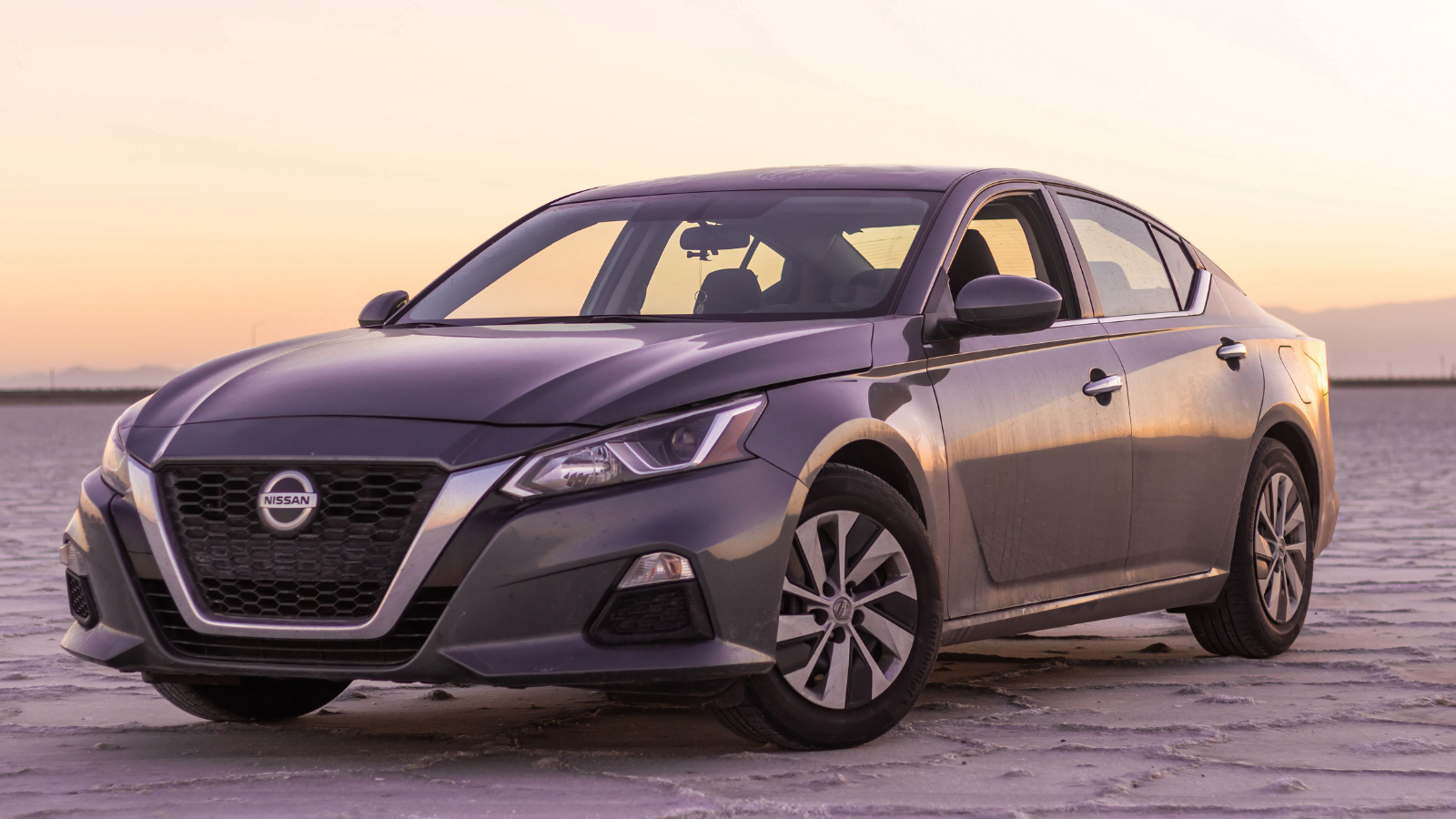
Once a go-to mid-size sedan, the Altima now feels stuck in the middle. While the optional all-wheel drive is nice for snowy climates, the CVT transmission is uninspiring, and the cabin still lags behind the Honda Accord and Toyota Camry in refinement. Consumer reports continue to flag minor reliability complaints with electronics and trim. Depreciation is also steep — a three-year-old Altima can lose up to 45 percent of its original value.
Jeep Compass
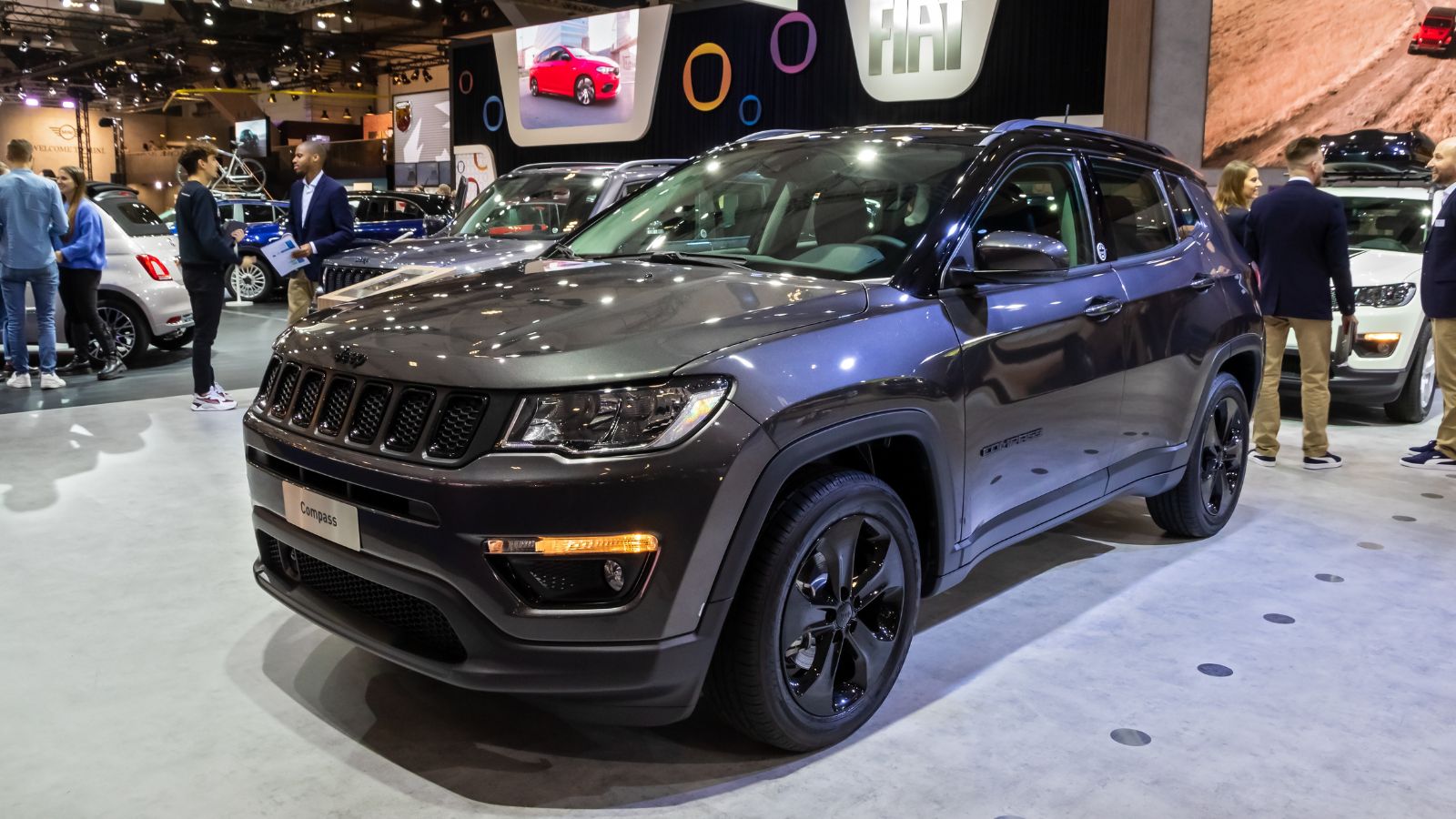
Jeep’s reputation for off-road prowess does not save the Compass from mediocrity in daily driving. Owners report lacklustre acceleration from the 2.4-litre engine and uninspired handling compared to rivals like the Mazda CX-5. Some have complained about early transmission issues and premature wear on interior materials. While Jeep loyalists may appreciate the styling, shoppers looking for the best small SUV in 2025 can get more for their money.
Mitsubishi Mirage
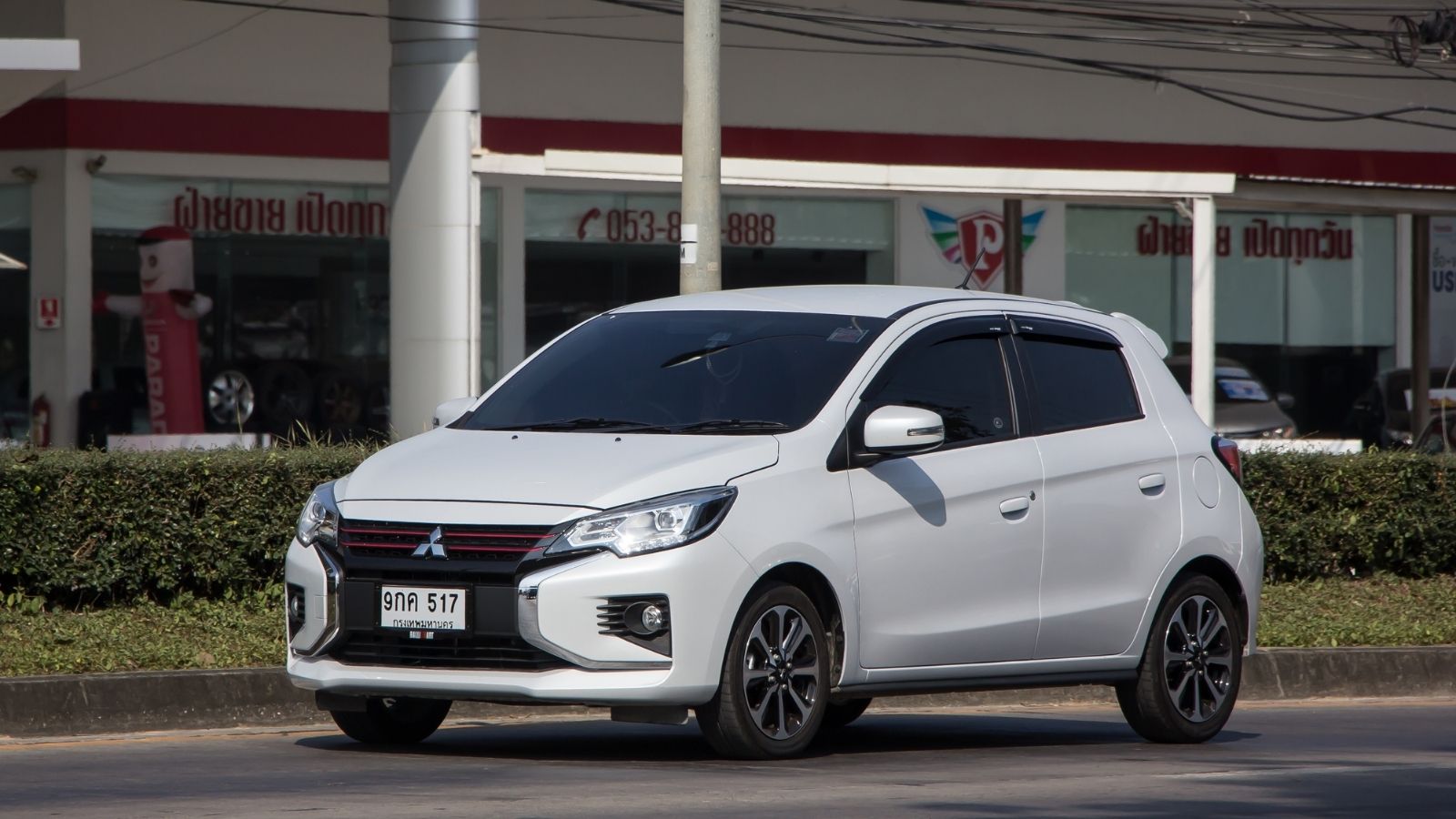
This is one of the cheapest cars you can buy new, but you get exactly what you pay for — and maybe less. The Mirage’s three-cylinder engine struggles at highway speeds, road noise is loud enough to drown out the radio, and safety tech is minimal compared to competitors. Even though it is inexpensive, its rock-bottom resale value means you will take a big hit when trading it in.
Ford Edge

The Edge offers a smooth ride and generous space, but the design is aging, and Ford has been slow to refresh it. Buyers in 2025 will notice that rivals offer more advanced driver-assist features, better infotainment, and improved fuel economy. Industry insiders suggest Ford may be winding down production, which could impact resale and parts availability over time.
Chevrolet Malibu

The Malibu has a comfortable ride and a roomy interior, but Chevy has already announced plans to phase it out. Buyers face the risk of owning a discontinued model with potentially shrinking aftermarket support. Fleet sales have also been high, meaning resale values are not as strong as competitors.
Dodge Journey
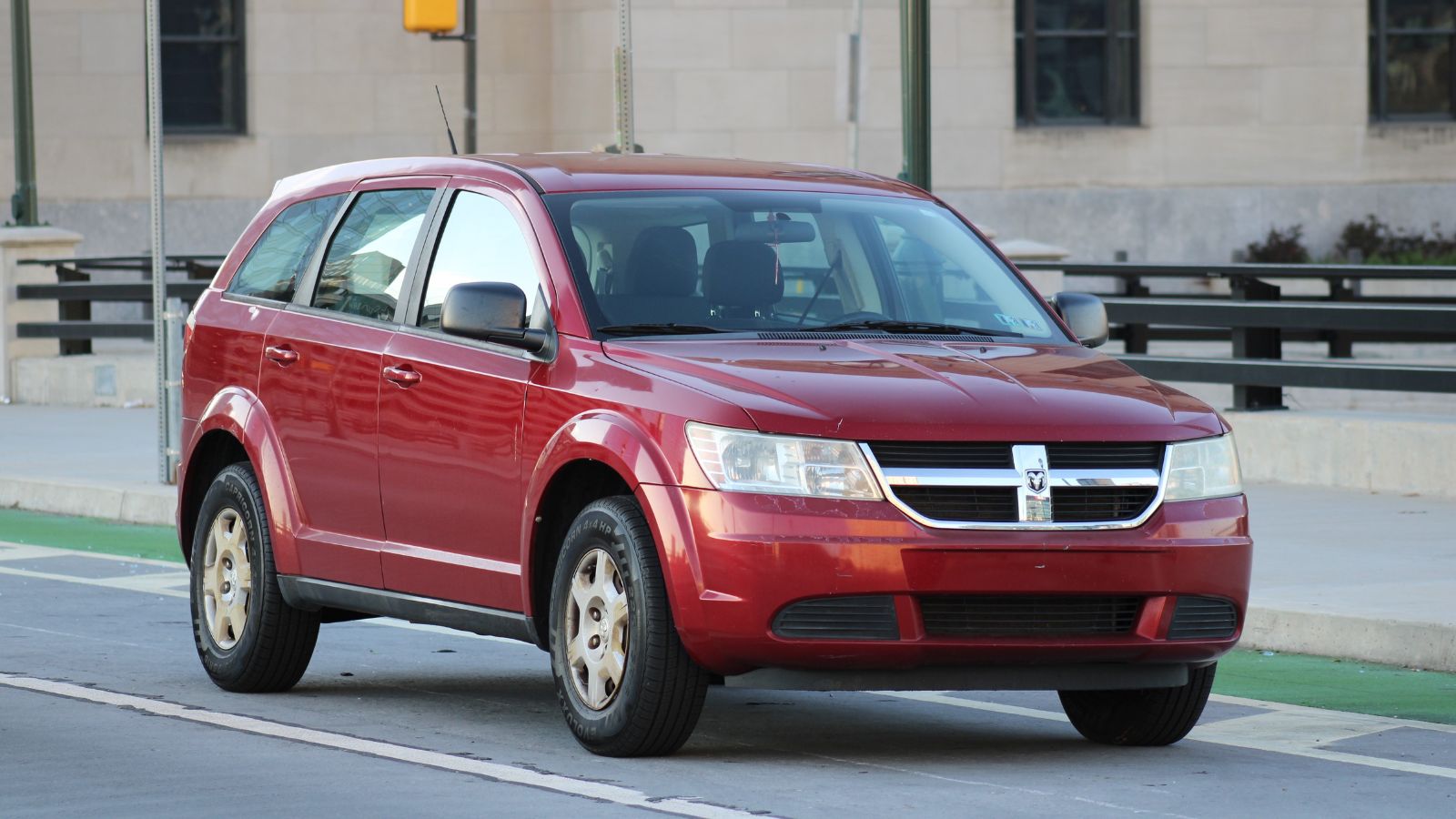
Despite its ancient underpinnings, the Journey still appears in some markets at clearance-level prices. The low entry cost is tempting, but the outdated platform lacks modern safety tech, fuel economy is poor, and interior quality feels stuck in 2010. Even Dodge dealers often steer buyers toward newer alternatives.
Chrysler 300
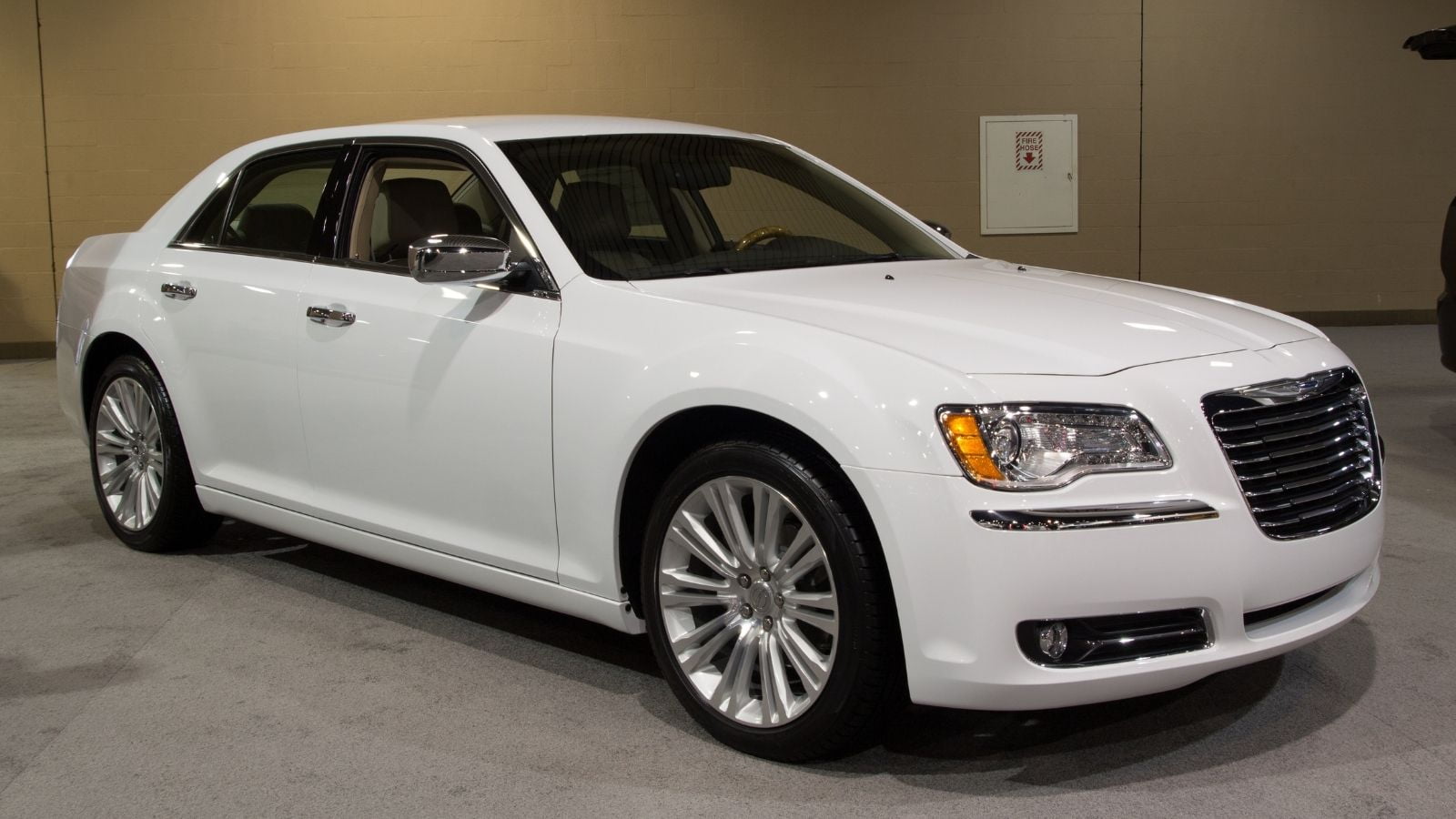
A big, comfortable sedan with rear-wheel drive and optional V8 power sounds great — until you realize this design has barely changed in over a decade. Buyers report that tech features feel dated, fuel costs are high, and depreciation is steep. Unless you specifically want the old-school American sedan vibe, better options exist in 2025.
Volkswagen Arteon
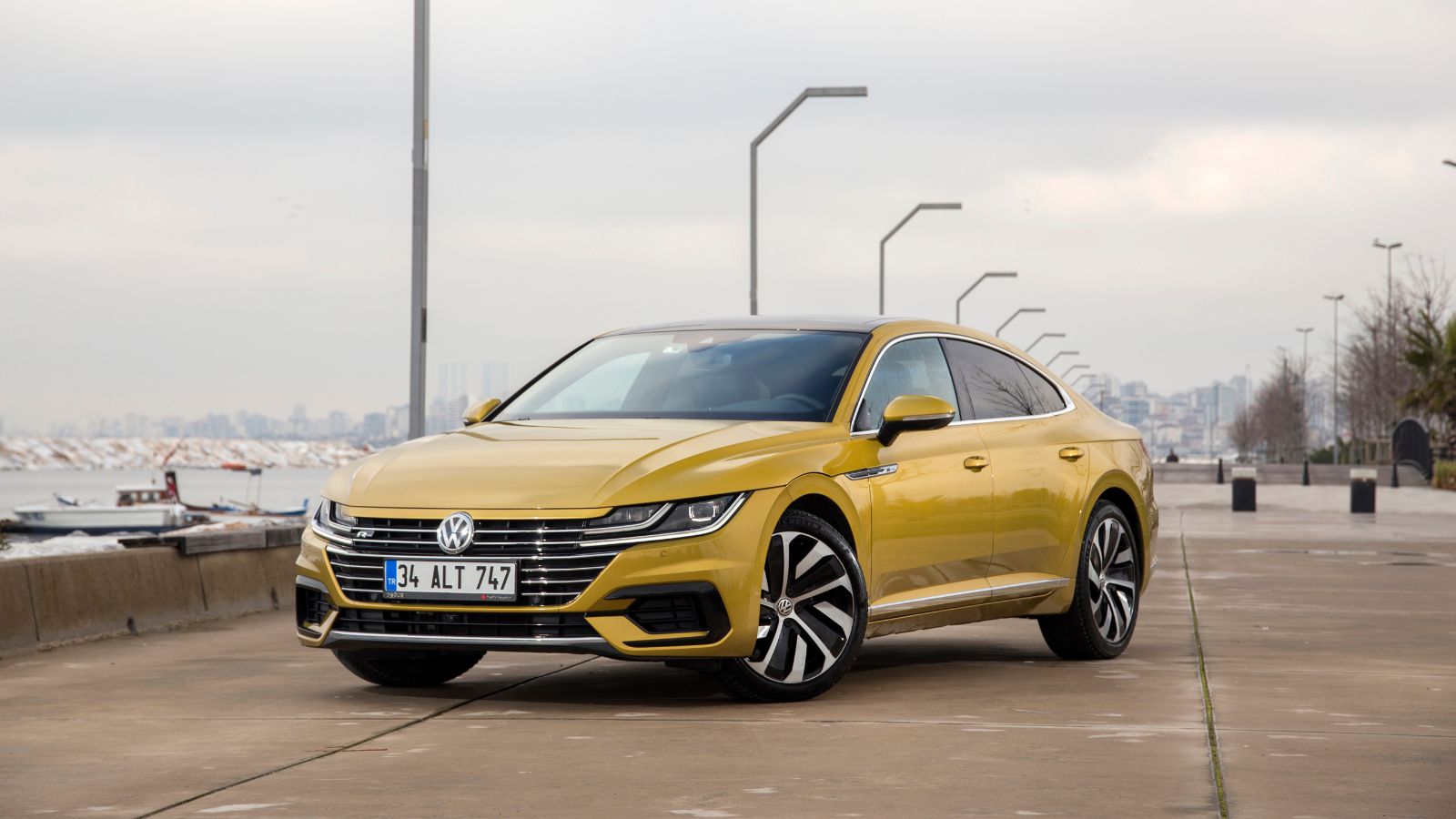
The Arteon is stylish and comfortable on the highway, but it is a slow seller, and VW has announced its exit from the North American market. Low sales volume means limited aftermarket support and potentially higher parts prices in the future. Depreciation is brutal, with some 3-year-old models losing nearly half their original value.
GMC Canyon
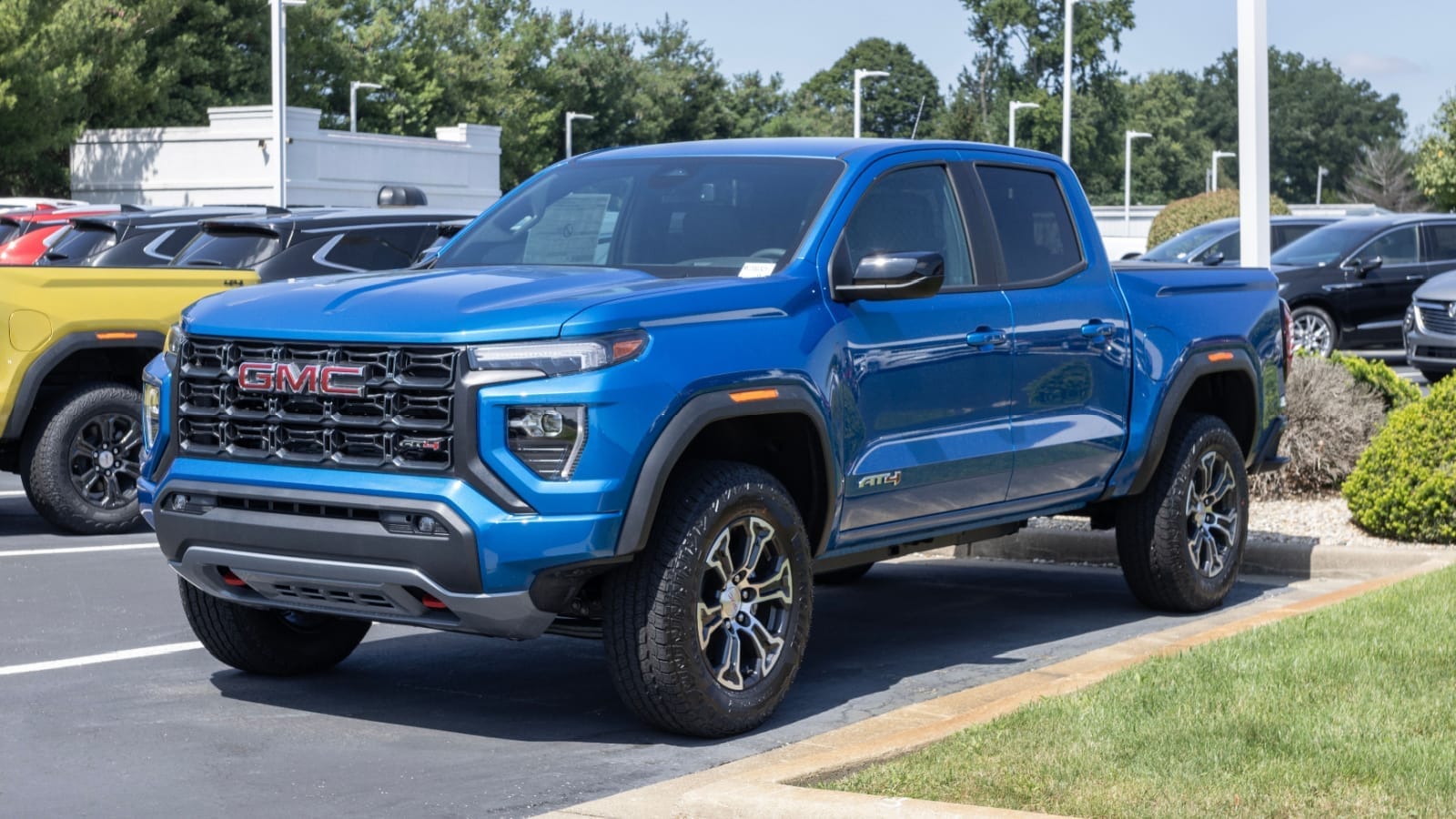
The Canyon’s latest redesign brings more tech and style, but pricing has crept into full-size truck territory. For the cost, you can often get a better-equipped Toyota Tacoma or Honda Ridgeline with a stronger reliability record. Since the new platform is unproven, early adopters risk being beta testers for any unforeseen mechanical issues.
Ford Mustang Mach-E
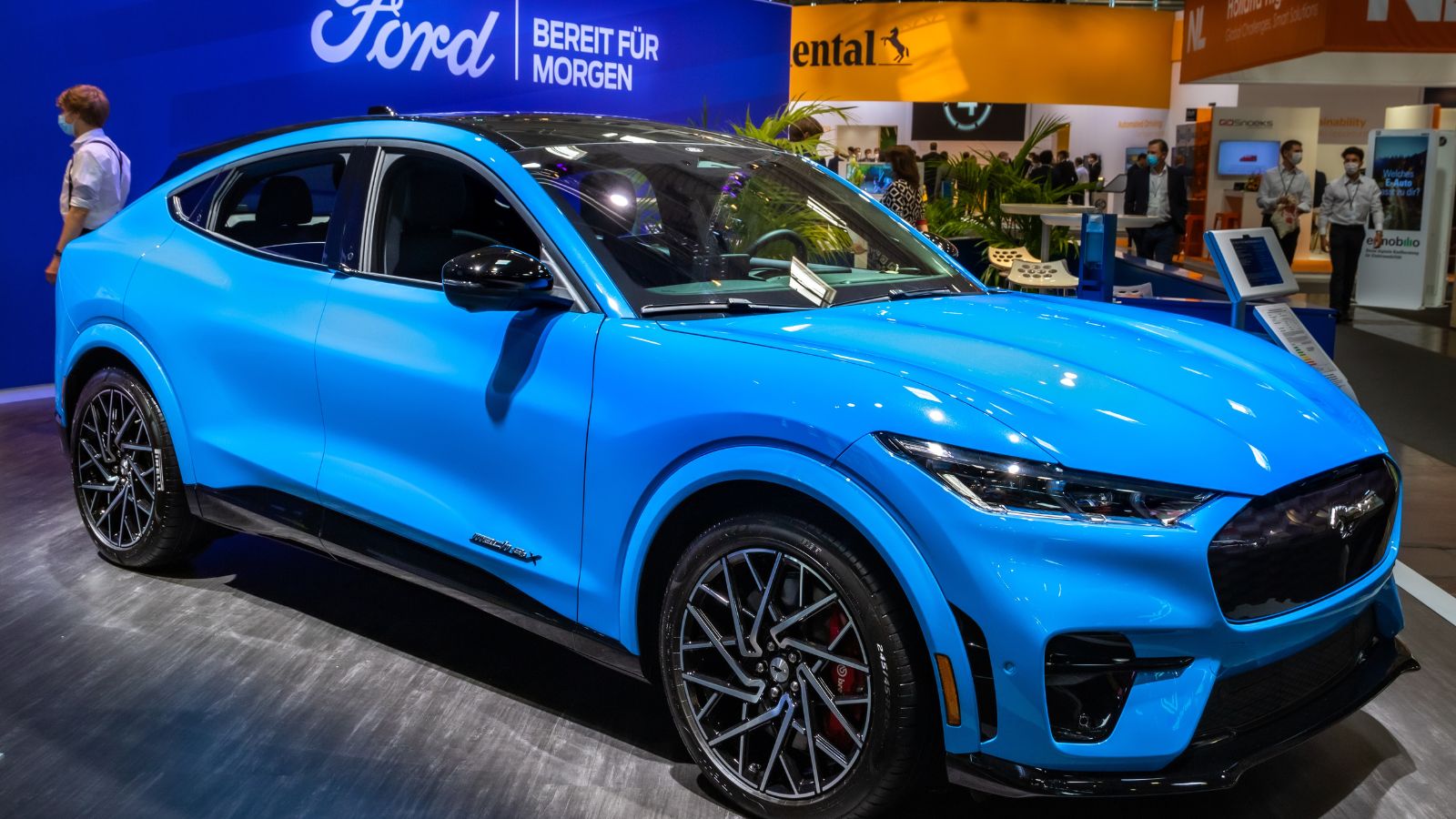
Ford’s first major EV SUV was an attention grabber, but software bugs, inconsistent charging performance, and an unpredictable EV resale market have made some buyers wary. There have been owner reports of infotainment glitches and charging network frustrations. With new EV competition arriving monthly, the Mach-E could be overshadowed quickly.
Infiniti QX50
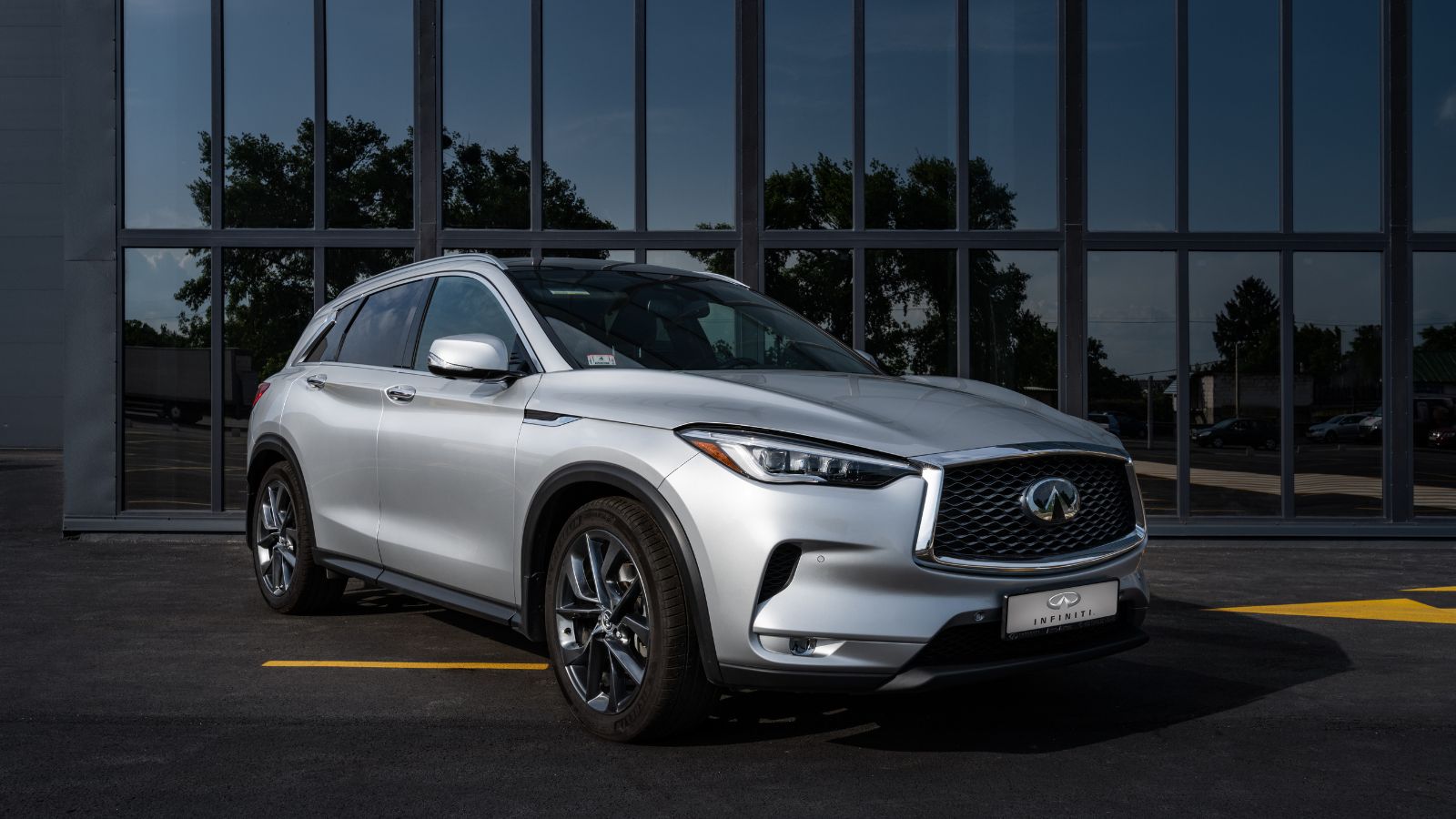
A stylish luxury SUV with a unique variable-compression turbo engine, the QX50 promises innovation but struggles with execution. Owners have noted jerky power delivery, infotainment lag, and depreciation that make it one of the fastest-falling luxury SUVs in value. Rivals from Lexus and Acura offer better long-term ownership satisfaction.
Chevrolet Blazer EV

This EV crossover has the name of a legend, but early buyers have reported panel fitment issues, inconsistent range performance, and limited charging infrastructure in certain regions. As with any first-year electric model, there is risk in buying before the manufacturer works out production bugs.
Nissan Leaf
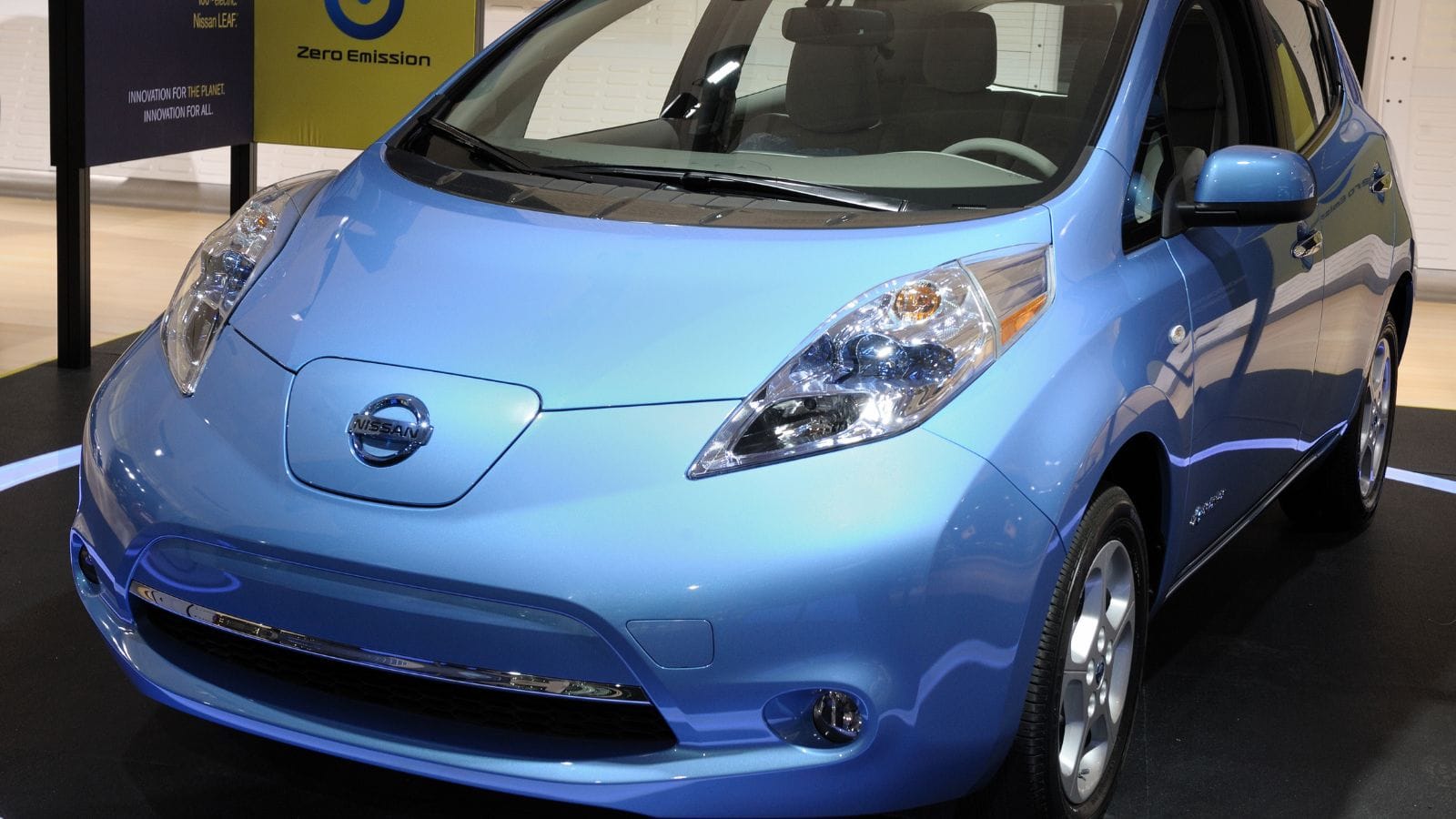
Once the poster child for affordable EVs, the Leaf now feels left behind. Its limited range, lack of liquid battery cooling, and dated cabin design mean it struggles to compete with newer EVs offering twice the capability. Long-term battery degradation is a known concern in warmer climates.
Jeep Wrangler 4xe
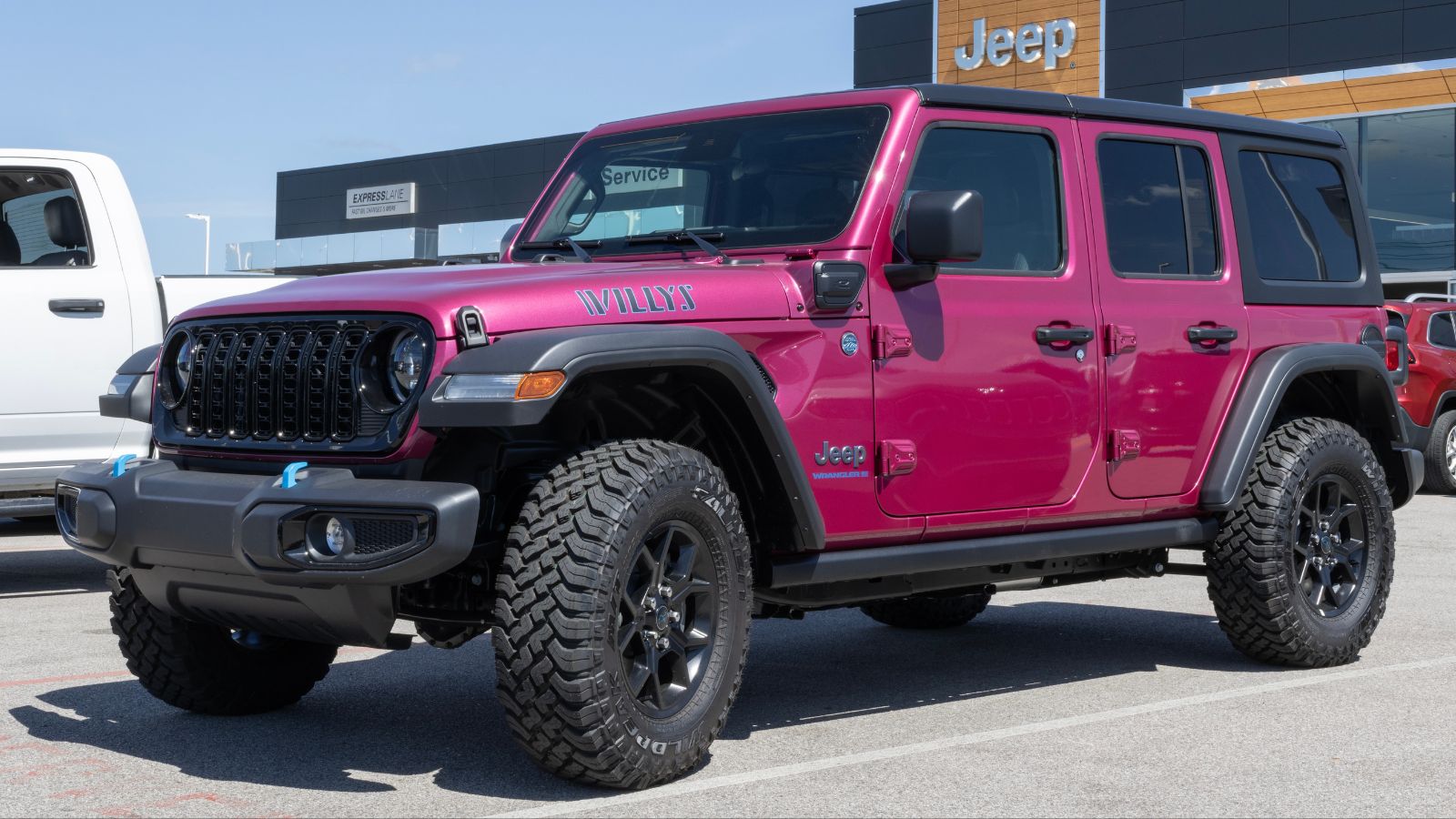
The plug-in hybrid Wrangler is an intriguing idea, but its real-world fuel economy often fails to match EPA estimates. Owners have also reported electrical quirks and high repair costs if the hybrid system fails outside warranty. At its price point, buyers might be better served by a traditional Wrangler or other adventure SUVs.
Maserati Grecale
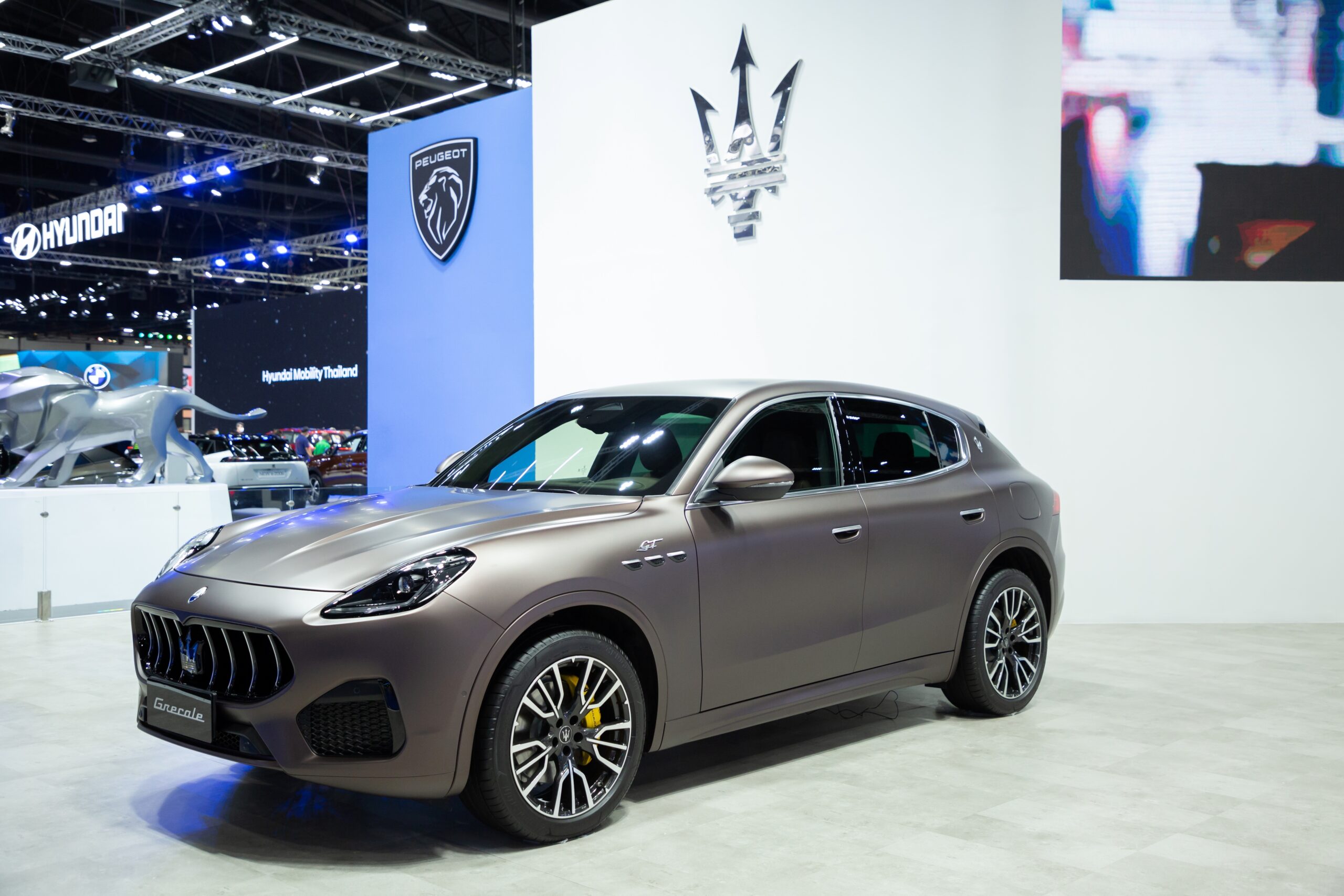
Maserati’s small luxury SUV is gorgeous, but early production reports include electrical gremlins, infotainment bugs, and inconsistent build quality. Combine that with heavy depreciation and a smaller dealer network, and ownership could become frustrating quickly.
25 Facts About Car Loans That Most Drivers Don’t Realize

Car loans are one of the most common ways people fund car purchases. Like any other kind of loan, car loans can have certain features that can be regarded as an advantage or a disadvantage to the borrower. Understanding all essential facts about car loans and how they work to ensure that you get the best deal for your financial situation is essential. Here are 25 shocking facts about car loans that most drivers don’t realize:
25 Facts About Car Loans That Most Drivers Don’t Realize
